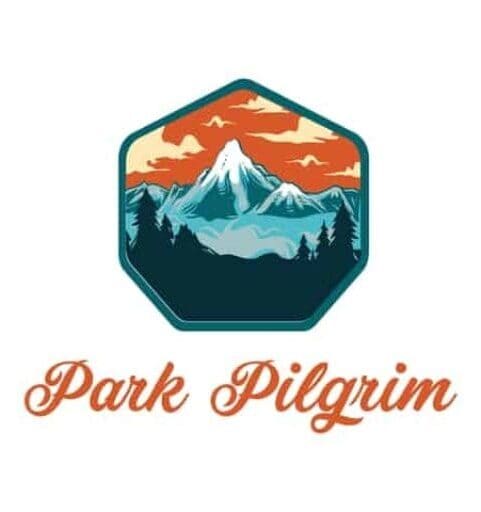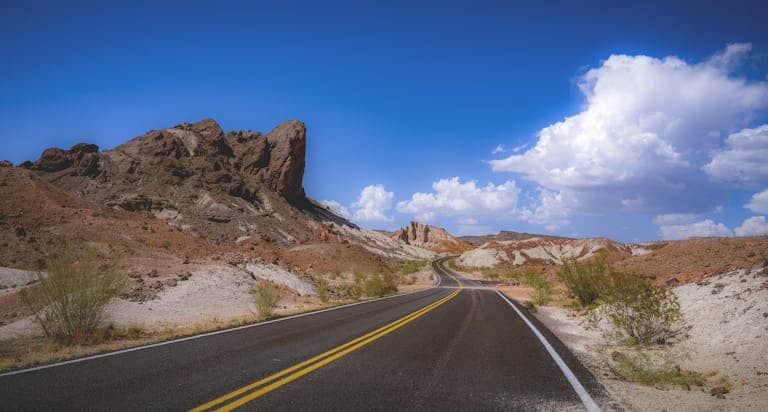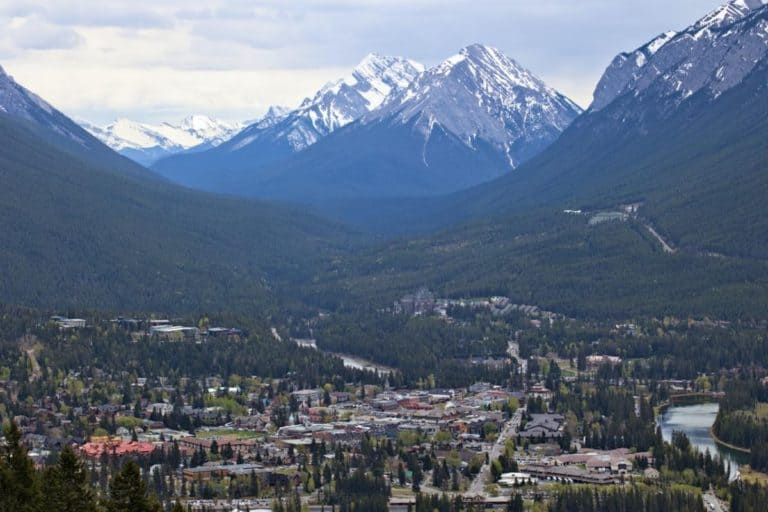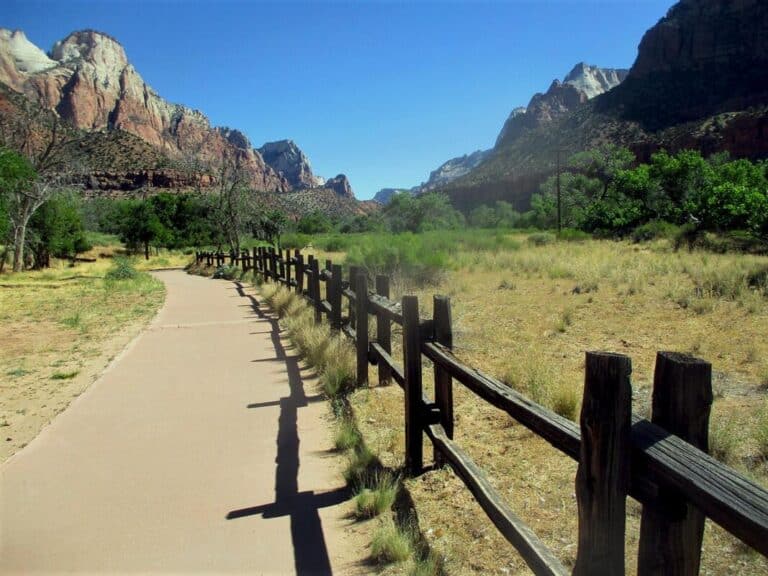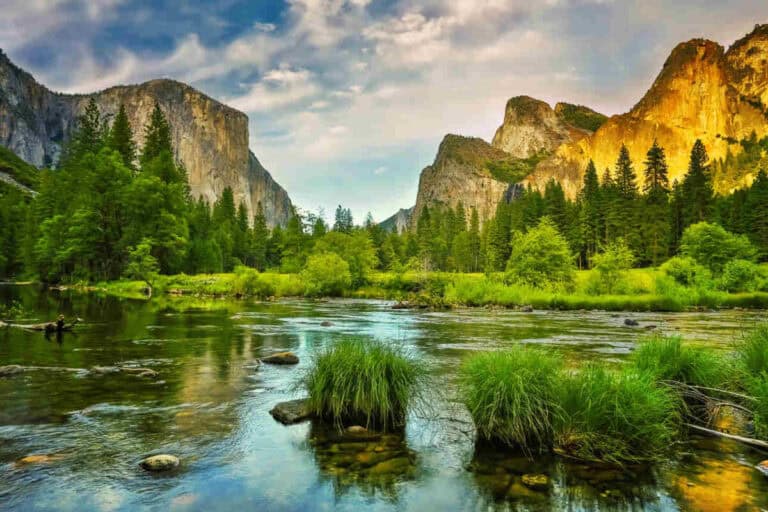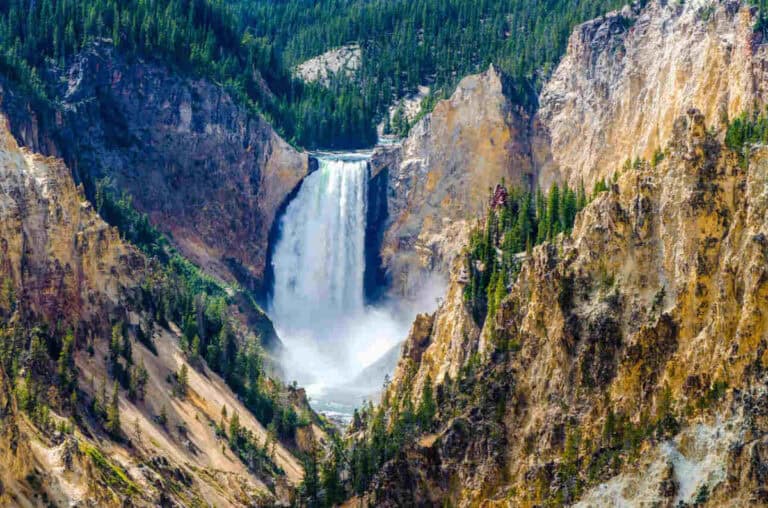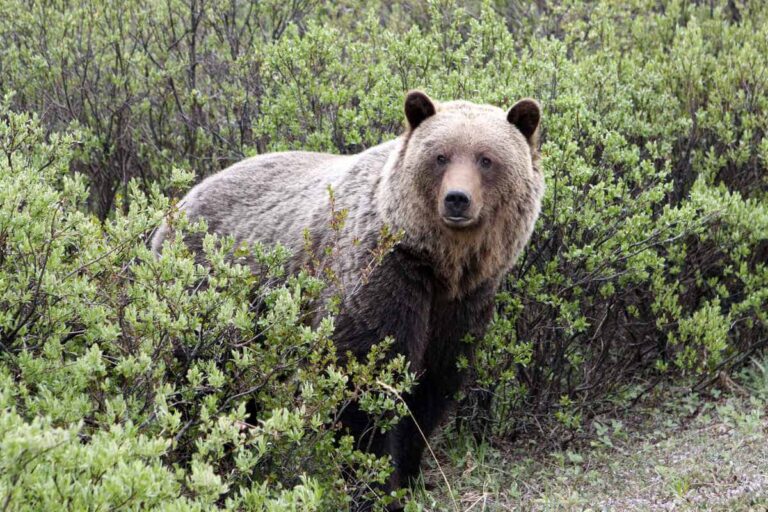Trump Administration Proposes Major Cuts to National Park Service Budget
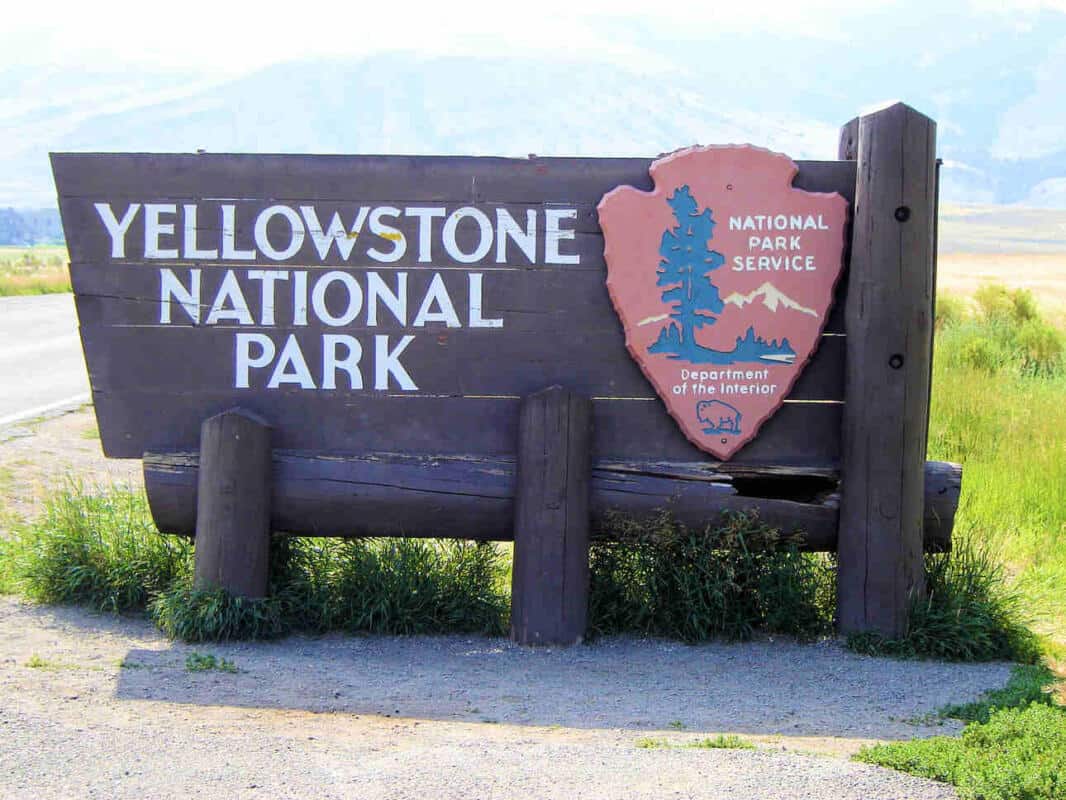
The Trump administration has recently proposed a $900 million cut to the National Park Service budget and stated: “There is an urgent need to streamline staffing and transfer certain properties to State-level management.” This move raises concerns about possible privatization of America’s national parks system, which received over 330 million visits last year.
Critics worry this could be the first step in a larger plan to move park management from public hands to private corporations. The National Park Service currently operates with a relatively small budget – just one-fifteenth of one percent of the overall federal budget.
This development represents a significant shift from traditional park management practices, writes Jonathan B Jarvis, who suggests the administration may be laying groundwork for privatization.
Theodore Roosevelt, who greatly expanded the national park system, once said about the Grand Canyon: “Leave it as it is. You cannot improve on it. The ages have been at work on it, and man can only mar it. What you can do is to keep it for your children, your children’s children, and for all who come after you, as one of the great sights which every American if he can travel at all should see.”
If national parks were to become privatized, there are concerns about how they might change. Some fear popular parks like Yellowstone, Yosemite, and the Grand Canyon could be developed with luxury resorts, entertainment attractions, or exclusive facilities that prioritize profit over preservation.
The National Park Service has consistently ranked as one of the most popular federal agencies in public surveys. Its mission is to preserve natural and cultural resources “unimpaired” for current and future generations.
Both Republican and Democratic communities near national parks could be affected by these changes, as many local economies depend on park tourism. The outdoor recreation industry, valued at $800 billion, also relies on public access to these lands.
